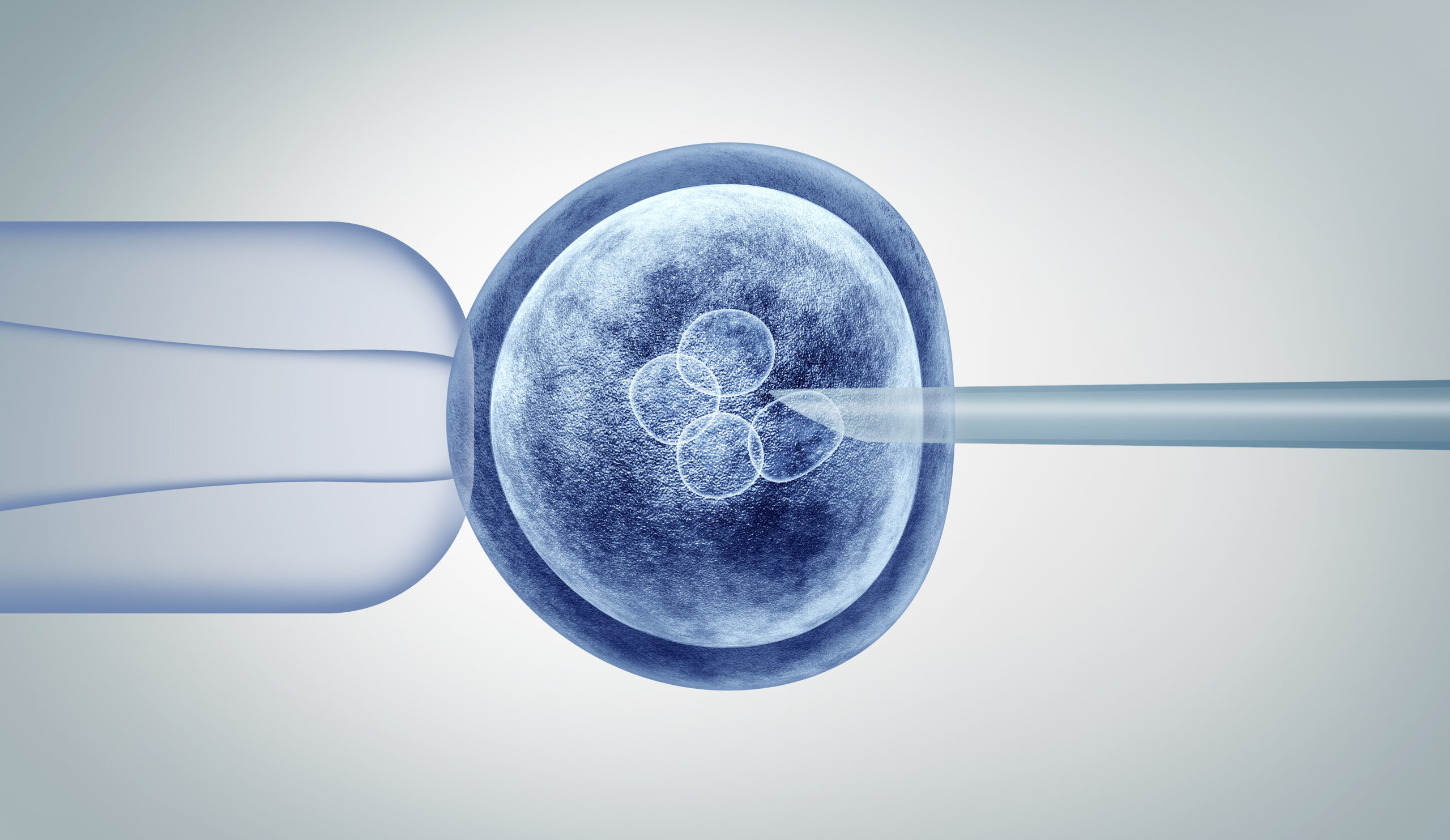Greek mythology describes the chimera as a terrifying creature, with the head of a lion, the body of a goat, and the tail of a serpent. Scientists have adopted this term for use in research, with modern chimeras describing various treatments or techniques that combine pieces from different organisms. For example, a widely studied cancer therapy called chimeric antigen receptor T-cell therapy (CAR T-cell therapy) implements this at the microscopic level, taking advantage of specially developed cells that have functions typically seen in multiple different cell types. A new development related to this “chimeric” concept surrounds a recent publication investigating human cell transplantation into monkey embryos.
Image Source: Heritage Images
The scientists in this study used pluripotent stem cells (PSCs), which are cells that have the ability to eventually turn into any cell in the body, like a heart cell or a brain cell. They injected these human cells into monkey embryos in the lab in order to see how the cells integrated and contributed to the monkey embryos’ development. They observed that the human cells successfully integrated into the embryos and were able to replicate into cells that contributed to a variety of functions necessary for the development of the embryo. So, even though the human cells entered the embryos of entirely different species, they were able to replicate, thus creating true chimeras.
An area of medicine in which this research has been applied is organ transplantation. While medical organ transplants occur intraspecies, meaning between two members of the same species, there are commonalities with the creation of chimeras as the transplants occur between two individuals, but with different DNA. Research like this could, for instance, allow for a more comprehensive understanding of how PSCs could integrate into existing biological systems, leading to the development of better medical practices in regards to stem cell therapies and organ transplantations. Additionally, this research could also contribute to a better understanding of early human evolution, by providing a lens through which we can observe the interaction of human and non-human cells in a controlled environment. Although the name implies the generation of an entirely new species in general, this research does bring up very serious and interesting questions in the fields of science and medicine.
Featured Image Source: freshidea










